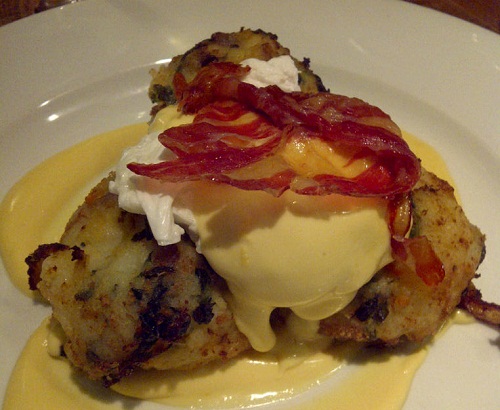
l love cream. But with double cream containing 48% fat, it’s not exactly your healthy option. Fine for the occasional treat, but not for every day. So how can we still make all the lovely creamy recipes and sauces that we love whilst reducing some of the calories and producing a lighter, fresher end result?
Well, last time I was there, the Yeo Valley chaps set me a bit of a challenge: have a go at substituting yogurt in some of my favourite creamy recipes. And you know me, I’m always up for a challenge in the kitchen.
In baking, dressings and marinades you can add yogurt straight from the fridge. If you’re cooking with the lower fat yogurt varieties, you do run the risk, as with single cream, that they will ‘split’ (ie curdle) if you place them straight into a very hot environment. You can counter this by using the ‘standard’ versions rather than the low fat (still much lower fat then cream) and bringing the yogurt up to room temperature before you cook with it.
I used Yeo Valley’s Greek Style Natural Yogurt which has 9.5% fat (plus a nice long sell-by date) so it’s still got a nice creamy finish and isn’t too sharp-tasting. I’ve taken to keeping a couple of pots in the fridge as I use them at breakfast time, with fruit and muesli, as well as for cooking.
I had a go at cooking some of my favourite creamy recipes, substituting yoghurt instead. Here’s how I got on:
Spaghetti carbonara (or yoghetti carbonara - see what I did there?)
Snip a pack of smoked streaky bacon (outdoor reared, please) or pancetta into strips and fry in a couple of tablespoons of olive oil until nice and crisp. Set pan aside on a low heat (you can do this while the spaghetti cooks).
Cook 300g spaghetti in plenty of boiling, salted water.
Meanwhile, mix a large tablespoon of Greek yoghurt with two eggs and a splash of milk, then stir in a big handful of grated Parmigiano or Pecorino.
When the spaghetti’s cooked, drain and dump it into the bacon. Pour over the yogurt mixture and toss to combine.
The verdict:
To be honest, once we’d added Parmesan, we could hardly taste the difference. Slightly sharper in flavour but still yummy. Fussy Death Wish Dude didn’t even notice and hoovered it down, and the Prof said that he’d ‘noticed something a bit different’ when I told him afterwards. Success.
We also tried:
Ice Cream: AMAZING success here. We actually liked the flavour of the ice cream better with the yogurt. Especially good with fruity and citrussy flavours and the bonus is here that you don’t need an ice cream machine. Try folding lemon curd through Greek yogurt and adding a grating of fresh ginger for extra zing, or just fold through your favourite fruit compote (Yeo Valley do some lovely flavours) before freezing. Take the ‘ice cream’ out of the freezer to soften up a little before serving.
As a dressing: I mixed the yogurt half and half with mayonnaise, added a squeeze of lemon and a handful of herbs and served it with smoked haddock fishcakes. Delicious.
However, my biggest success by a mile was with my usual buttermilk scone recipe:
Greek Yogurt Scones
Scone recipes often call for buttermilk. Yogurt makes a great substitute as it’s still slightly acidic but adds a lightness to the finished scones. Here’s my adapted recipe:
500g plain flour
2 tsp bicarbonate of soda
2 tsp cream of tartar
125g cold butter
1 tbsp caster sugar
150g Greek yogurt
150ml milk
1 free range egg
First, get the oven nice and hot - you want it at 200 degrees/gas 7.
Next, weigh out all your dry ingredients. Sifting them together will give you a lighter finish. Cut the butter into the dry ingredients with a knife, then rub it in, squeezing the butter pieces into the flour gently with your fingers until only small ‘flakes’ remain. You don’t have to make it completely uniform. Stir in the flour.
Now mix together the liquid ingredients. Add them into the dry until it comes together into a soft dough. You probably won’t need all the liquid. Reserve it for glazing the scones at the end.
Roll the dough out quite thickly (say about 2-3cm) and cut out 12 rounds with a cutter. Pop them onto a baking tray (sprinkle on a little flour first so they don’t stick) and brush them with the leftover liquid. Sprinkle over a bit of extra sugar for colour and crunch.
These scones take literally about ten minutes to cook. Keep an eye on them. Serve warm with jam and more Greek yogurt.
The verdict: Fabulous. Light and fluffy in the centre and they rose magnificently too. I’ll be using yogurt from now on!
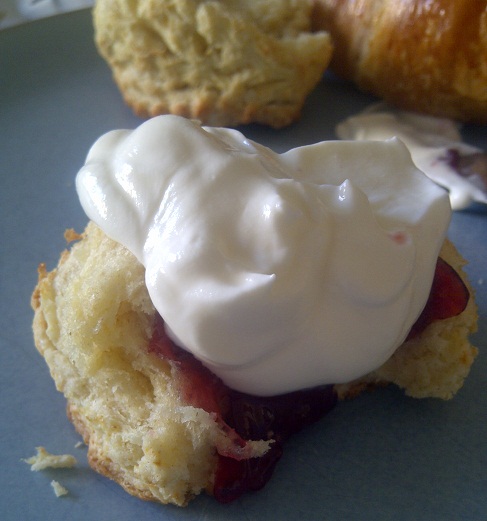






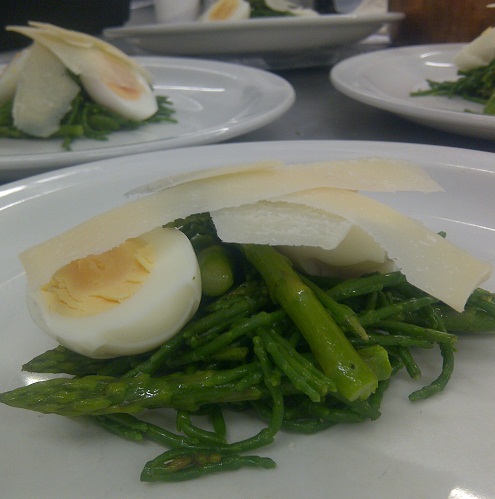





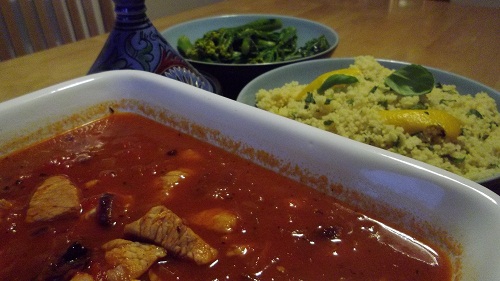

















 Next up is albelli.co.uk who have all sorts of fab products for photos. They offered to put one of my favourite photos in a frame, and I chose this lovely Dubai beach shot that I’ve used as a background on Travelling And Arriving.
Next up is albelli.co.uk who have all sorts of fab products for photos. They offered to put one of my favourite photos in a frame, and I chose this lovely Dubai beach shot that I’ve used as a background on Travelling And Arriving.


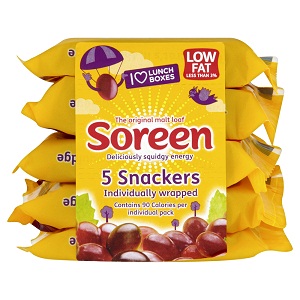 And finally, I have to give a massive big up to the fabulous chaps at
And finally, I have to give a massive big up to the fabulous chaps at 








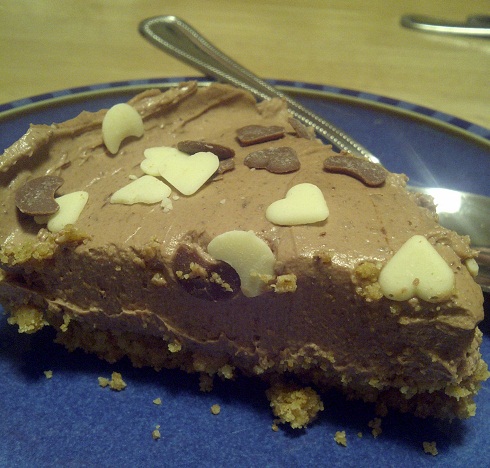

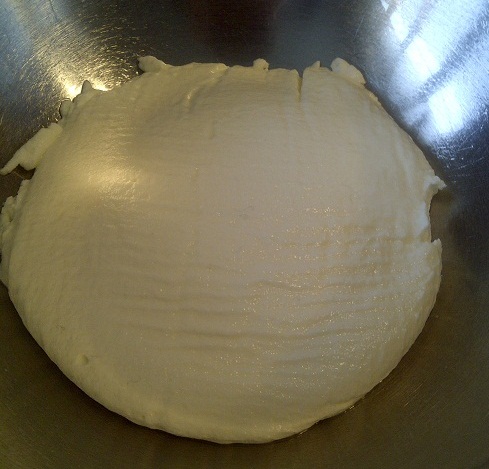
 ‘Teenagers’. To quote Sebastian from The Little Mermaid: ‘they think they know everything. Give them an inch, they swim all over you’.
‘Teenagers’. To quote Sebastian from The Little Mermaid: ‘they think they know everything. Give them an inch, they swim all over you’.